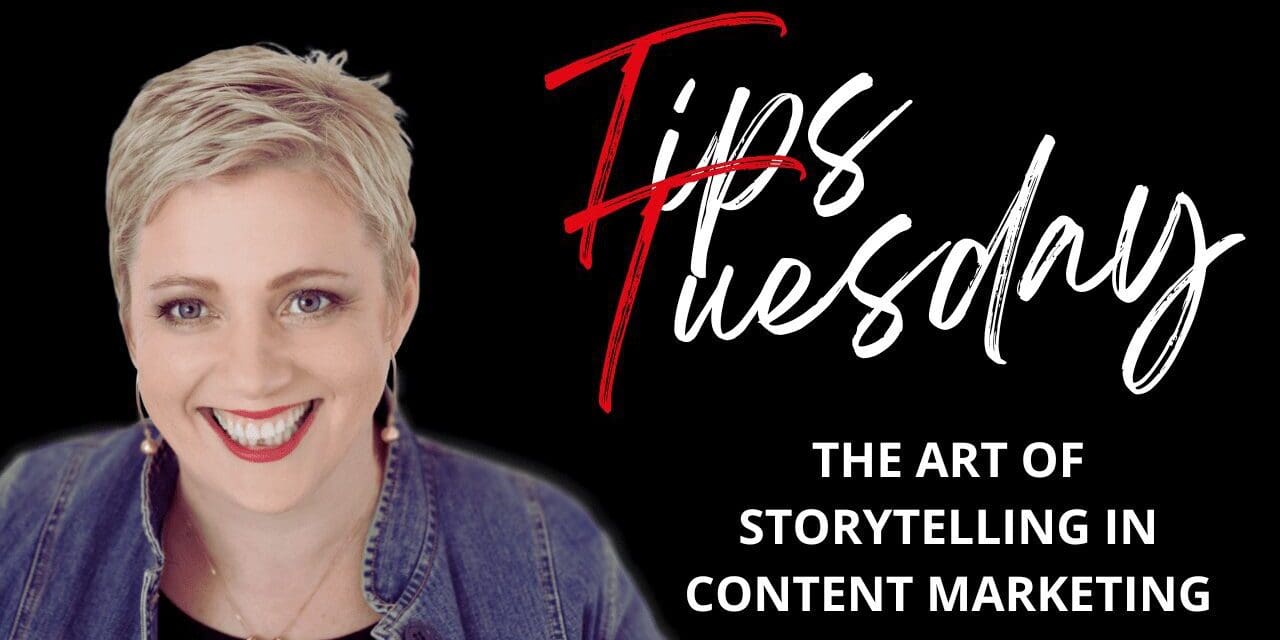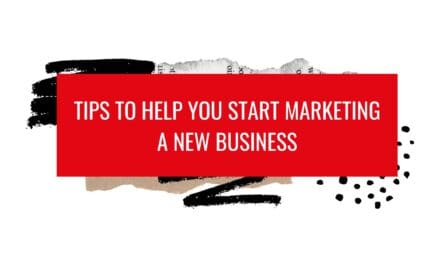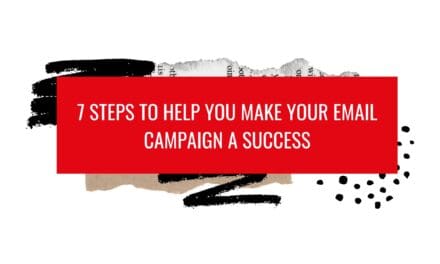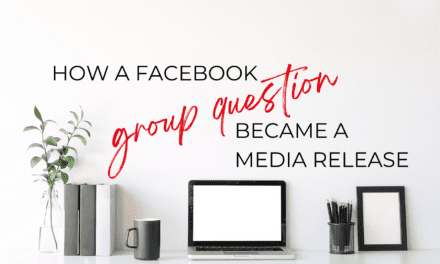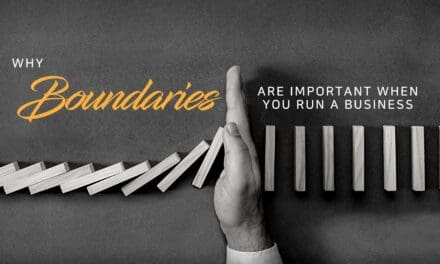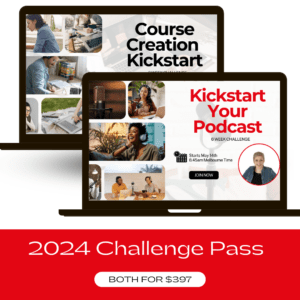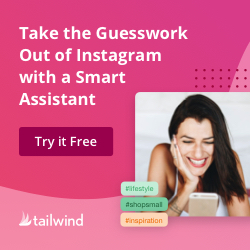So in this Tips Tuesday Session we explore the art of storytelling and how you can use it to create connection.
Stories have been a part of human communication for centuries, and they help us understand complex ideas and connect with others on an emotional level. As businesses, we can use storytelling to communicate our values and create a unique identity that resonates with our audience.
There are different types of stories that brands can use in their content marketing, such as customer success stories, origin stories, and brand stories.
The key is to use mix of each so you can harness the power of storytelling and become part of your customer’s world.
Customer Success Stories:
These stories feature customers who have had a positive experience with the brand’s product or service.
They showcase how the brand has helped the customer achieve their goals, overcome challenges, or improve their lives in some way.
For example:
- A dental clinic showcases before and after photos of a patient’s smile transformation after undergoing their cosmetic dentistry services.
- A software company features a case study on how their project management tool helped a client complete a complex project ahead of schedule and under budget.
- A haircare brand shares testimonials from customers who have noticed a significant improvement in the health and appearance of their hair after using their products.
- A home renovation company creates a video showcasing a client’s dream kitchen renovation, including the challenges they faced and how the company’s expertise and guidance helped bring their vision to life.
Origin Stories
These stories focus on how the brand was founded and its early beginnings. They often highlight the brand’s values, mission, and vision and showcase how it has evolved over time.
You can tell funny stories, and share your why and the things you have learnt along the way in Origin stories
For example:
- A craft beer brewery shares the story of how they started as a homebrewing hobby and eventually turned their passion into a successful business.
- A family-owned restaurant shares the history of how it has been passed down through generations, including recipes and traditions that have been preserved.
- A wellness brand shares its founder’s personal health journey and how it inspired them to create products that promote self-care and mental wellbeing.
- A tech startup shares the story of how its founders met and came up with the idea for their product, including the challenges they faced in launching a new product in a competitive market.
Brand Stories:
These stories focus on the brand’s identity and what it stands for. They can include elements of the brand’s origin story, but they also highlight the brand’s personality, values, and unique selling proposition.
Think of your brand as a character when telling these stories.
For example:
- A luxury fashion brand emphasises its commitment to sustainability and ethical production, using natural and eco-friendly materials.
- A car manufacturer highlights their innovative designs and features, showcasing how their vehicles provide a unique and enjoyable driving experience.
- A skincare brand emphasizes the importance of self-care and promotes natural, organic ingredients to help people feel their best.
- A music streaming service emphasizes its user-friendly interface and how it makes discovering and listening to music easy and enjoyable.
Educational Stories:
These stories aim to educate the audience on a particular topic related to the brand’s industry or product/service. They can be in the form of tutorials, how-to guides, or thought leadership pieces.
Similar to what I am doing here, other examples are:
- A cooking blog shares a how-to guide on making a gourmet meal at home, including step-by-step instructions and tips from a professional chef.
- A financial institution shares a series of educational videos on how to save for retirement, explaining different investment strategies and the benefits of each.
- A health and wellness company shares an article on how to manage stress and promote mental wellbeing, including exercises and mindfulness practices.
- An educational toy company shares a blog post on the benefits of play-based learning and how it can enhance children’s cognitive development.
Humorous Stories:
These stories use humor to engage the audience and create a positive association with the brand. They can be in the form of memes, funny videos, or humorous blog posts.
They make the journey relatable for your customers and some examples include:
- A pet grooming service creates a social media campaign featuring cute and funny photos of dogs and cats getting groomed, with amusing captions.
- A fast-food chain creates a viral video parodying the latest pop culture trend, incorporating their menu items in a humorous way.
- A personal finance blog shares a series of memes and funny quotes about budgeting and saving money, making light of the sometimes-difficult process.
- An online retailer creates a funny video series showcasing their employees attempting to use their own products, resulting in amusing mishaps and surprises.
Emotional Stories:
These stories aim to evoke an emotional response from the audience. They can be in the form of heartfelt testimonials, emotional videos, or inspiring stories that showcase how the brand has made a positive impact on people’s lives.
They pull on the heartstrings and work. They are also great stories for working with the media.
Think of stories like these:
- A charity organization shares a touching video highlighting the impact of their services on the lives of those in need, featuring heartfelt interviews with recipients of their aid.
- A healthcare brand shares a testimonial from a patient who overcame a serious illness with the help of their treatment and compassionate care.
- A sports equipment company shares a story of a young athlete who overcame adversity and went on to achieve success, highlighting how their equipment helped them along the way.
- A travel company shares a story of a family who went on a life-changing trip, experiencing new cultures and creating memories that will last a lifetime.
These are just a few tips for creating effective storytelling content. Stories lie in every business and if you are looking for a little more help in your storytelling journey, our How to Write a Media Release course along with Evergreen Story Ideas for your business might be a great place to start they can be found at enevergroup.thinkific.com and are just 2 of the many courses available to my Marketing Circle Members where you get to hang out with me and talk all things marketing.
When creating brand stories for your business make sure that they are aligned with your brand’s messaging and values, while also being tailored to resonate with your target audience.
Consider the format and distribution channels for each story to maximize its impact.
By creating powerful and engaging brand stories that reflect your brand’s personality and goals, you can connect with your customers and build a loyal following, ultimately driving business growth and success.
So how will you storytelling in your business let me know in the comments
More Marketing Tips Available in The Marketing Circle
Step by step, we will walk through the ins and outs of marketing, with tips, simple exercises and proven marketing strategies that you can roll out in your business.
We will explore all things marketing, from demystifying the marketing world, to blogging, working with media, email marketing, social media, and more.
Access courses, community and live training led by
Ideas and Marketing Strategist Linda Reed-Enever

